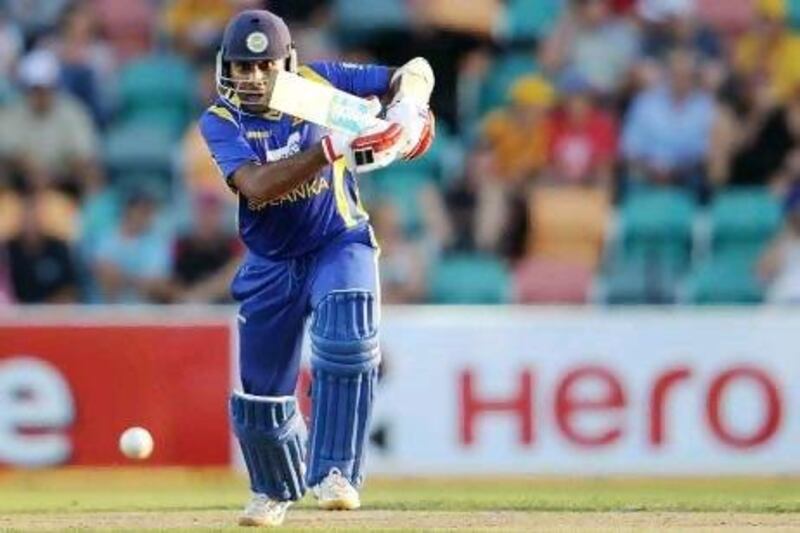There is a fair bit of logic in the theory that a captain is only ever as good as the players at his disposal.
Would Steve Waugh have been considered such a great if he had not had Shane Warne, Glenn McGrath and Ricky Ponting at his beck and call for Australia? Possibly, but probably not.
And while we are on the theme of conventional wisdom, they also say you should never go back.
Just because it was so good the first time, there are no guarantees it will be the case three years later.
With all that in mind, there was a certain amount of risk attached to Mahela Jayawardene's decision to accept the captaincy of Sri Lanka for a second time earlier this year.
Of course, he has been the outstanding candidate to lead the island nation ever since he resigned from the role first time around because of unpalatable politicking in 2009.
So luminous was his first spell in the job, it is a wonder he was allowed to be on the periphery for so long.
But such is the way of cricket in the subcontinent.
He earned a fine reputation for himself in his first coming, but the task is likely to be far tougher second time around.
The team he has reassumed control of differs markedly from the one he set down three years back. Gone are his Warnes and Pontings.
There is no Muttiah Muralitharan anymore. No Sanath Jayasuriya. Lasith Malinga is available only for limited-over games.
Looking at those names, there is little wonder he was so good when he wore the armband before.
Stephen Fleming, another shrewd captain, expressed it neatly when it was put to him that Jayawardene had won the battle of the super-brains by guiding Sri Lanka past his New Zealand side at the 2007 World Cup.
"Yeah, but he has got a fair bit of firepower at his disposal," Fleming said.
The fires they started back then have become embers over the past 12 months, as the last remnants of Sri Lanka's golden age have made their exits from the international stage.
Simultaneously, the country's cricket administration had an implosion, and Tillakaratne Dilshan's short stint as captain suffered in the fall out.
Three one-day international victories does not make a summer. However, there have been clear signs in the Tri-series in Australia that the winds of revival are starting to gather pace on Jayawardene's watch.
In the field, they have regained the spark of his first era in charge.
Fielding is an underrated barometer of a side's worth. When Sri Lanka were at their 2007 peak, under the guidance of Tom Moody and Trevor Penny, they were an outstanding fielding side.
They are hinting at the same in Australia.
Thisara Perera, the all-rounder, could make a fortune from his rocket throwing arm if he ever decided to switch to baseball.
And Sachithra Senanayake is so good that he will bump Dilshan out of the most important fielding positions if he ever nails down a place in the starting XI.
If they are to further their progress though, Sri Lanka need a new fire starter with the ball, and one with the bat.
Ajantha Mendis's star has waned since Jayawardene stepped down from the captaincy. Who better to revive the spinner than his first international captain?
The search for the new Jayasuriya will go on, but Jayawardene hit on a great short-term solution in the win over Australia against Adelaide.
A job needed doing, so he did it himself, blazing his side towards success in a high run chase.
That is the way to lead.






